Discover Huahine

Dive Spots
Fa'a Miti
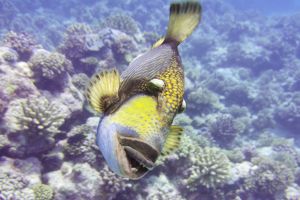
The launching is done on a gigantic coral garden ranging from 12m to 25m. It is possible to come across turtles, black tip sharks and clown fish as well as many triggerfish among the fish fodder that populates the site.
Approaching the coast, you walk along a wall 10m to 5m deep which forms overhangs/ledges in which you can see moray eels and pterois.
Above this wall, at 5m, you can enter canyons that have been polished with the swell by natural balls. You can see giant shells there (Turbo, 7 fingers)
La passe d'Avapeihi
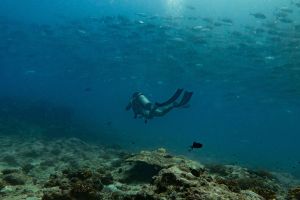
This is Huahine's must-see spot, but above all it's one of the most beautiful dives in the Society Archipelago.
You'll encounter a wide variety of fish concentrated in tight schools at the exit of the lagoon.
The different current and visibility conditions make this dive infinitely variable, so that each exploration can bring new surprises.
However, in certain swell and current conditions, this dive may not be suitable for beginners. This is an ideal site for encountering large animals such as grey sharks, white tips, black tips, flights of leopard rays, schools of barracudas, jacks, perch, snappers, but also dogtooth tuna, bonito... But also smaller animals such as moray eels, leaf fish, scorpion fish, clown fish etc...
Le tombant de Fitii
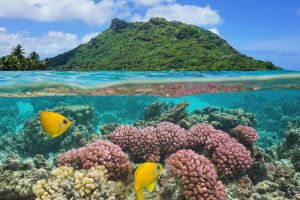
The site begins on a large sand plateau covered with pretty corals sheltering numerous species of lagoon fish, crustaceans and nudibranchs... The dive then continues along vertical walls also covered with corals and oysters , reaching up to twenty meters..
The weak current usually present on this site allows you to do a drift dive and regularly come across rays and turtles swimming in the lagoon.
Les Arches
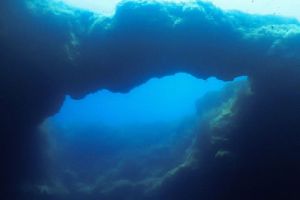
The site begins at 7m on a plateau covered in corals which drops vertically. It is populated by nudibranchs, syngnathids, and other species of macro.
While following the drop-off, it is common to see moray eels, schools of barracudas, leopard rays, and sometimes gray or white-tip sharks.
The uniqueness of this site lies in its atypical topography: it is possible to cross several naturally formed arches in the reef.
This site is reserved for more experienced divers who can dive up to 30m.
Les Grottes
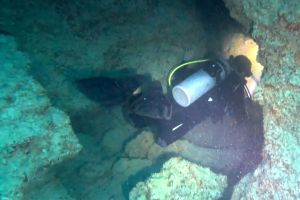
The topography there remains atypical and this time we go down to explore the interior of the reef.
Not fully enclosed, the caves are large cavities that are home to many species such as harp fish, soldier fish, shrimps and nudibranchs observed under a lamp torch.
The interest of the site lies mainly in its originality and its topography even if it is possible to make surprising encounters!
Le plateau de Fare
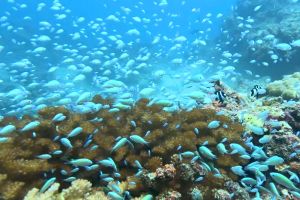
On a sandy plateau from 2m to 6m, ideally located in the lagoon, sheltered from the current and in the middle With turquoise water, the site offers anyone wanting to discover diving ideal conditions.
Very close to a coral garden, beginner divers can discover many species of safely colored fish.
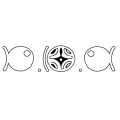
No whale-watching trips in 2023
Whales and Dolphins
In high season (August, September and October), on request and depending on the number of whales around Huahine, we can organize trips to observe them.
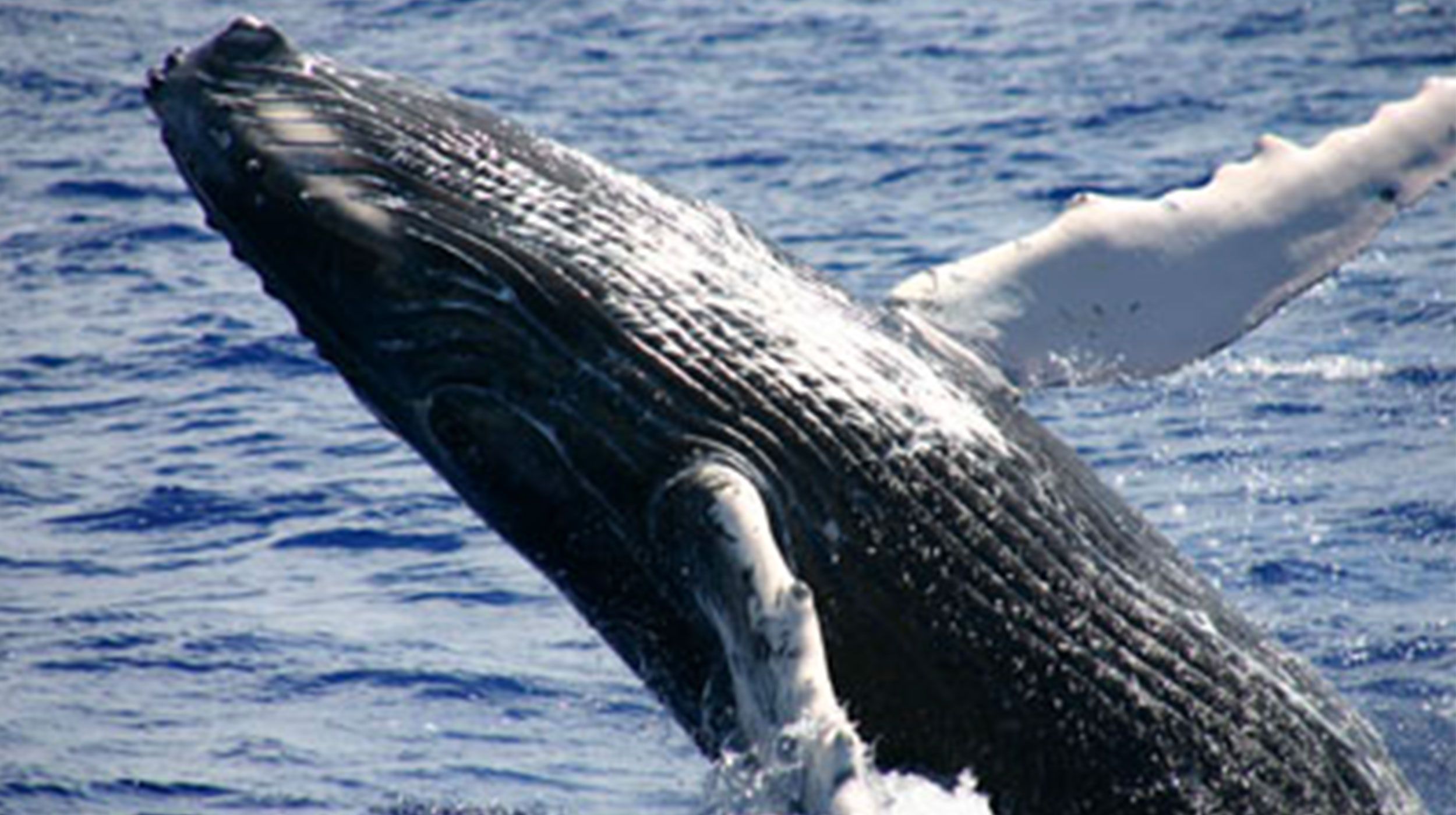

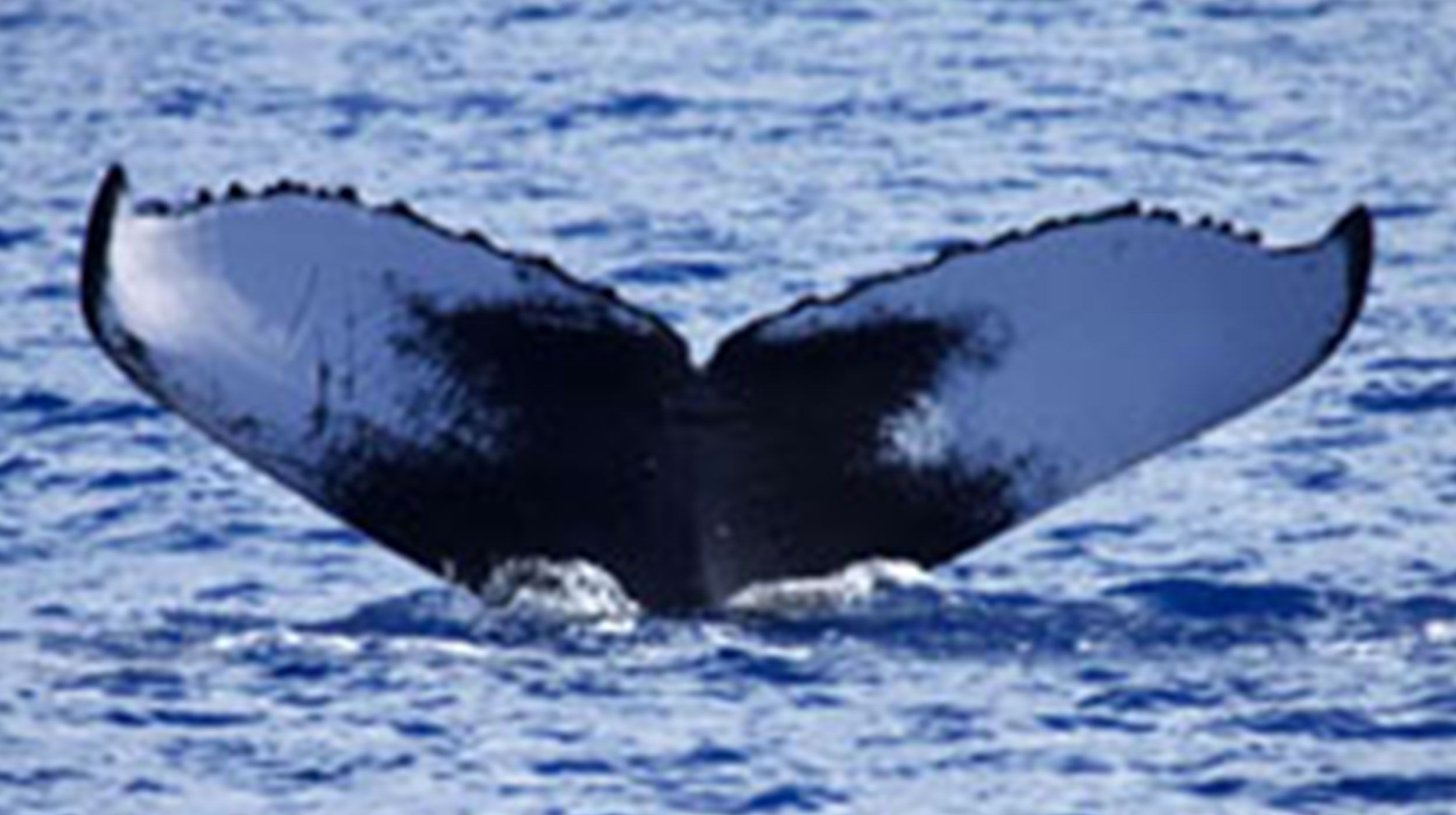
About Huahine
main town
Mounts Turi (669m) and Mato Ere (580m) on Huahine Nui (the big one) and Mount Pohue Rahi (464m) on Huahine Iti (the small one).
With an incomparable sweetness of life, Huahine has managed to remain sheltered from traditional tourism. The nonchalant rhythm of the small town of Faré gives the impression that time has stopped there, far from the hustle and bustle of Tahiti.
Here everyone knows each other and the population will welcome visitors in the simplicity and happiness of sharing their preserved Garden of Eden.
The charms of this island are numerous: mysterious and elegant mountains, marae and Maohi vestiges in profusion, calm and idyllic lagoons, and above all, the proverbial and spontaneous kindness of the inhabitants of this little paradise, less than 200 km from Papeete ...
Despite the progress, Huahine has managed to remain authentic, unlike Bora-Bora or Moorea which, despite their irresistible charm, do not restore the sweetness of life of yesteryear as much.
Huahine now welcomes its visitors in charming guesthouses and other picturesque homestays that allow you to better discover the richness of island life.
The few classic-type hotels have also played the card of authenticity and offer high-level accommodation, focused on the typical charms of Huahine.
And even if the seabed does not have the reputation of those of its neighbors, Huahine has grandiose landscapes bordered by translucent lagoons. Many motu in the coral belt are suitable for growing melon and watermelon, not to mention the large vanilla groves found on the sides of the interior mountains.
For lovers of calm, authenticity and the sweetness of life, Huahine is certainly an essential stopover as part of a journey through the Polynesian islands.
Fauna and flora are similar to all the other islands of the Society Archipelago. On land, dogs, cats, pigs and chickens get along well with the horses of Marquesan origin. The lagoon teems with some 450 species of fish, not to mention molluscs...
Vanilla, which is actually a wild orchid, is very popular in Huahine. The mountain showcases huge marumaru, the tallest trees in Polynesia, especially on the heights of Maroe Bay. The population is essentially rural, but the emergence of new activities in the field of tourism today allows Huahine to see its future in pink.
With 6075 inhabitants, Huahine has been able to revive by allowing many of its children who had sought their fortune elsewhere, a positive return to their island. Unlike Bora-Bora or Moorea, Huahine has always known how to preserve its authenticity. This is why, apart from two high-level establishments, the island mainly offers small, welcoming pensions that allow you to better discover local traditions.
The navigator and discoverer James Cook was the first to approach the enchanted shores of Huahine in 1769 during his first trip to Polynesia. Probably under the spell of his new discovery, he gave her the name Hermosa, which means "Beautiful" in Spanish.
Populated since around AD 800, it had previously flourished as Matairea. Composed of several warrior clans who have always shown their hostility towards the all-powerful neighboring island Bora-Bora, it has crossed the centuries under the aegis of Tehau Pahu Nui, the government of the great drum, which knew to be maintained until after the arrival of the Europeans.
Converted to Protestantism, she then suffered the outrages of the Puritan laws put in place by the missionaries.
Pomare IV, queen of Tahiti under the French Protectorate, is from one of the royal families of Huahine. The annexation to France in 1897 did not change mentalities, marked by nearly a century of colonial abuses. It was in Huahine that the first autonomist sensitivities were born with Pouvanaa à Oopa, the founder of Polynesian nationalism, who devoted himself from the 1950s to the emancipation of his country.
Huahine remains to this day one of the largest archaeological centers in the Polynesian triangle. It is on this island that a large number of remains have been discovered, including the oldest known sites of the Ma'ohi civilization, Fa'ahia and Vaito'otia, dating from the years 800-900 AD. It was in 1972, during the construction of the Bali Hai hotel, not far from Fare, that we discovered this vast area devoted to the construction of canoes and the manufacture of fishing equipment.
Buried in a vast swamp, many objects from the daily life of the Ma'ohi have been unearthed: fragments of canoes, oars, scoops, hooks, adzes, scrapers, jewelry, etc., not to mention two remarkable warrior clubs , all in perfect condition. The adjacent hotel now houses many of his objects.
The marae are legion in Huahine. From Maeva to Fare, you will meet them all around the island. At the edge of Lake Fauna Nui, in Maeva, about thirty marae stand on the hill of Matairea, not far from the restored fare pote'e at the edge of the water. Among the largest, don't miss the marae Manunu, in Maeva, at the end of the airstrip, and the marae Anini, in the south of the island, in Parea. Each family had their own marae.
The clans had more imposing marae which allowed the whole village to gather there for religious ceremonies. Each island also had a so-called "national" marae where human sacrifices were practiced.
Origin of the name HUAHINE: At the heart of the district of Fitii district, is Mount Tavaiura whose silhouette may remind the onlooker of a woman's body. The literal translation of Huahine means "Women's sexual organ" (hua = vagina or sex, hine = plural of vahine).
Seen from the port of Fare, one can easily see a woman's face, extended by two prominent breasts, a plump belly of a pregnant woman, then the two knees. Hence a legend, certainly controversial, but oh so poetic.
The immense bay of Maroe is said to have been dug by the canoe of the god Hiro who sought refuge when a great storm threatened. His boat, pushed by the raging waves, would have divided Huahine into two islands, Huahine Nui and Huahine Iti.
In Huahine, there are no 150-room hotels or 30-person dive boats and despite tourism being a major activity, even in high season you will never meet many people anywhere. you were going to.
Whether you are looking for luxury or simplicity, here you will always find accommodation to your liking. In addition to the calm and tranquility of our island, many activities are available to enhance your stay.

